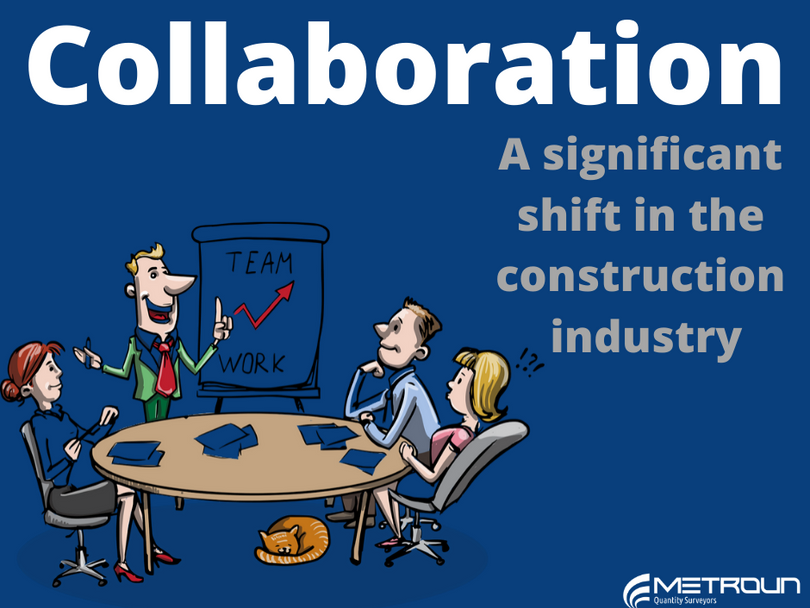
Definitions (for the purpose of this article): Contractor: the individual who is granted work by the employer and operates either as self-employed, through their own limited company or through an agency (in which case, the onus would be on the agency to determine employment status). Company: the organisation who is acting as the employer and paying for services / expertise from the contractor. What is IR35? IR35 is a set of rules that applies to workers who provide their work through an intermediary party. The rules would apply to anyone who is contracting either under an umbrella company (agency) or through their own limited companies. The rules were essentially introduced in the year 2000 as a mechanism to combat tax avoidance. They are there to ensure that an individual contractor pays the equivalent tax and national insurance contributions as they would do if they were an actual employee, working for the company on their payroll and covering the same position / responsibilities. As we will discover though, at present, this is very rarely happening. How do current contractors escape high tax payments? The way contractors have traditionally set themselves up is to incorporate their own limited company where they are the sole employee. They pay themselves the minimum wage but come the end of the tax year, they take a big dividend payment which consequently incurs much lower tax implications. This is versus receiving the payments monthly and paying normallevels of income tax and National Insurance Contributions (NIC). The latest figures from HMRCshowed that due to this loophole, an extremely low 10% of contractors complied with the current IR35 rules leading to a very urgent calls for reform. What is the current state of the Construction Industry? Within the construction industry the use of contractors is very commonplace due to the natureof the work being so highly fragmented and working on contracts that only run for a certain amount of time, such as 12 months to build a new car park or 18 months to build a new housing complex. After this time, the expertise of the individual is no longer needed and so historically this has been a good way for companies to keep staff overheads down and move with any given workload. Equally, the contractor can demand a much higher rate of pay due tonot receiving the usual benefits working for a company permanently provides. Benefits to thecontractor: Benefits to the company: Due to the benefits listed above among others, the popularity and vast number of companies who use contractors, and indeed the number of individuals who choose to supply their services through an intermediary has been continually rising. Consequently, the construction industry has always seen a good balance of supply and demand in this area. What are the changes? Previously, the onus has been on the contractors limited company to determine the status of their employment for each individual assignment. The new rules mean that the onus will now be transferred from the contractor / freelancer to the company who actually employs them. If the company is found to be employing a worker through the contracting method and they are not declaring their true rate of pay (rather paying themselves minimum wage and collecting large dividend payments), then the company will face extremely large fines. This will be enforceable for failing to meet a statutory obligation. It will become the company’s responsibility to determine the employment status of their contractors. If it is deemed that the contractor is treated as a permanent employee (other thanthe fact they are being employed through their own private limited company), then the company is liable to pay all of the fees and tax contributions that they would otherwise need to pay if they employed the individual on a permanent basis on their normal payroll. Now, determining exact employment status is a notoriously ‘grey’ area and hard thing to do. Aquick search of the court cases surrounding this area show a vast number of separate battles, some with the contractor winning and some with them losing. A great place to start though would be where a business to business transaction (in this instance an employer paying a contractor for his services through an invoice), consists solely of that individuals’ wages and nothing else. When will the new rules be introduced and enforceable?








